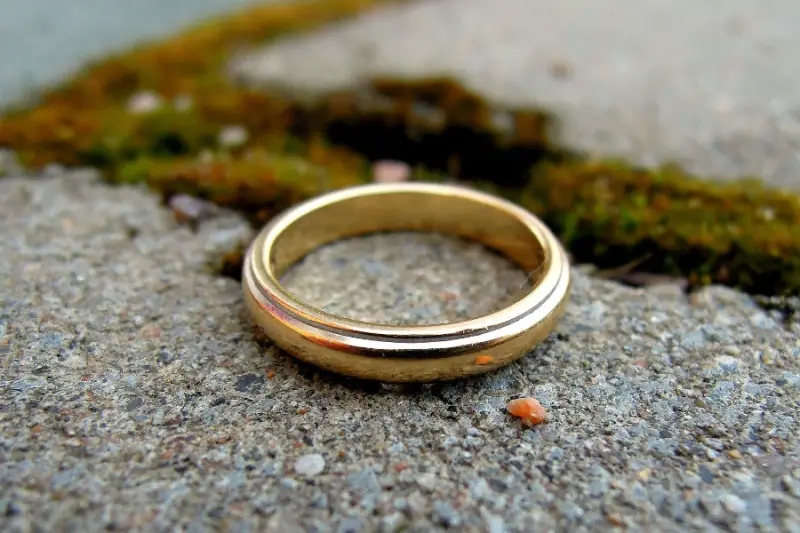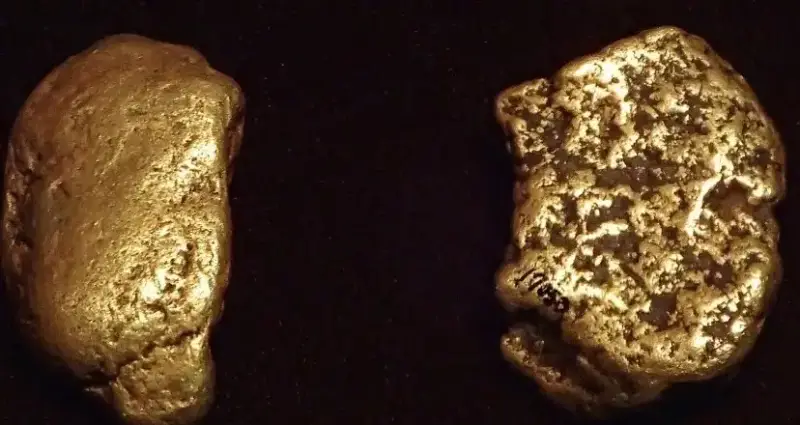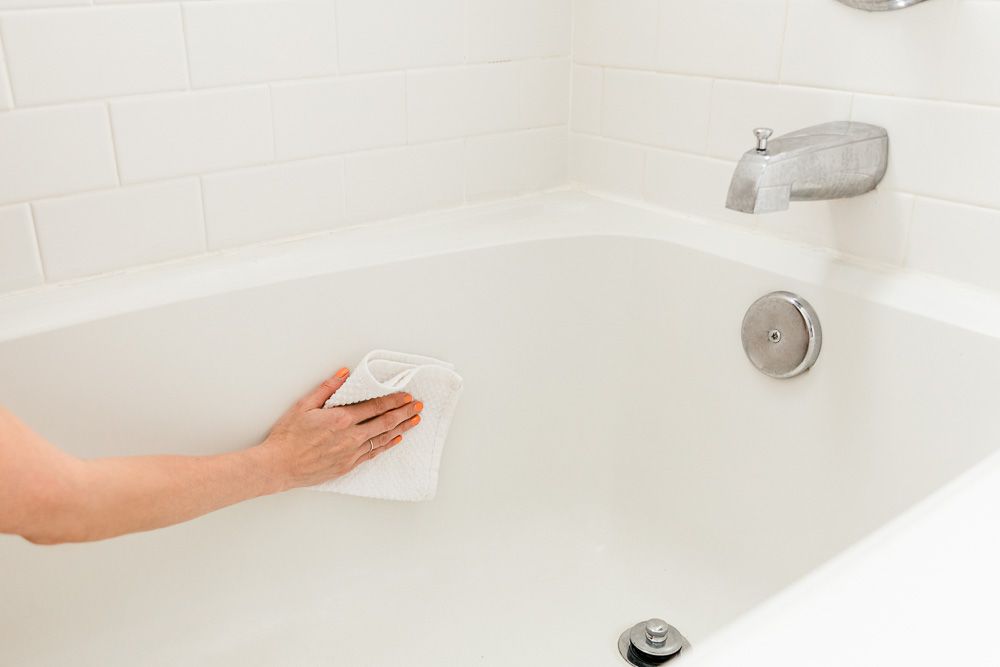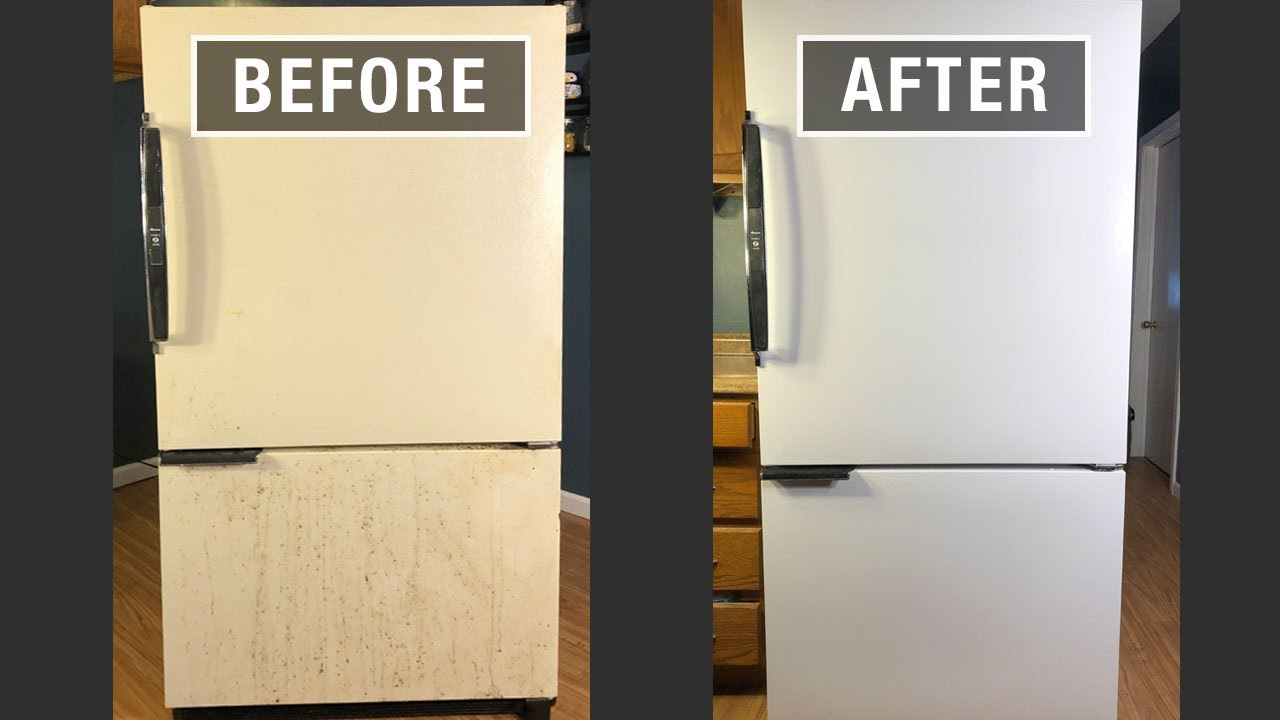Gold is a popular precious metal known for its luster, durability, and resistance to corrosion. However, a common question that arises among people is whether gold can tarnish or rust. In this post, we will take a closer look at the properties of gold and whether it can tarnish or rust.
Gold is an element with the chemical symbol Au, which comes from the Latin word for gold, aurum. It is a metal that is abundant enough to create coins but rare enough so that not everyone can produce them. Gold does not corrode, providing a sustainable store of value, and humans are physically and emotionally drawn to it.
Gold does not tarnish or rust because it does not react with oxygen or water. This is due to its low reactivity, which means that it does not easily form compounds with other elements. The metal is highly unreactive, so it does not corrode or tarnish, ensuring that it will retain its shiny appearance for many years to come. This is why gold is often used in jewelry, coins, and other decorative items. It is also used in electronic components and medical equipment due to its conductivity and non-reactivity.
Does Gold Rust Or Tarnish
First of all, let’s define what we mean by rust and tarnish. Rust is a type of corrosion that forms when iron or steel reacts with water and oxygen, leading to the formation of iron oxides. Tarnish, on the other hand, is a thin layer of corrosion that forms on the surface of certain metals, such as silver, and gives the metal a dull appearance.
Gold, however, is a completely different story! It is a highly unreactive metal, meaning it does not easily react with other elements. This is due to its low reactivity, which makes it resistant to corrosion and tarnish. Gold does not react with water or oxygen, which are two of the main causes of rust and tarnish. This is why gold retains its shine and luster for centuries, making it a popular choice for jewelry, coins, and other decorative items.
In addition to its resistance to corrosion and tarnish, gold is also an excellent conductor of electricity, making it a popular choice in electronic components and medical equipment. In the medical field, gold is commonly used in dental work and implants because it is biocompatible, meaning it does not cause an adverse reaction in the body. Gold is also used in some high-end electronics, such as smartphones, due to its ability to conduct electricity and its resistance to corrosion.
Another important property of gold is that it is a non-magnetic metal. This makes it ideal for use in electrical and electronic equipment, as it does not interfere with magnetic fields. It is also a good thermal conductor, which means it can quickly transfer heat away from hot components.
Ingredients that contribute to rust and Comparison Table
- Water: Rust formation is often facilitated by the presence of water, which can help to dissolve the metal and facilitate the reaction with oxygen. Gold, however, is not reactive with water, so it does not rust.
- Oxygen: Oxygen is another key ingredient in rust formation, as it reacts with the metal to form metal oxides. Gold is not reactive with oxygen, so it does not rust.
- Acids: Some metals can corrode or tarnish when exposed to acids, such as sulfuric acid or hydrochloric acid. Gold is not reactive with acids, so it does not tarnish.
- Salts: Some salts, such as sodium chloride, can contribute to tarnish formation by promoting the reaction between the metal and the environment. Gold is not reactive with salts, so it does not tarnish.
- Light: Some metals can tarnish when exposed to light, especially ultraviolet light. Gold is not affected by light, so it does not tarnish.
| Ingredient | Rust Formation | Tarnish Formation | Gold |
|---|---|---|---|
| Water | Yes | No | No |
| Oxygen | Yes | No | No |
| Acids | Yes | Yes | No |
| Salts | No | Yes | No |
| Light | No | Yes | No |
As we can see from the table, gold does not rust or tarnish, as it is not reactive with any of the key ingredients that contribute to these processes. This makes gold a highly prized metal, as it retains its shine and luster over time and does not require much maintenance.
It’s worth noting that while gold is resistant to rust and tarnish, it can still be affected by other types of corrosion, such as pitting or crevice corrosion. However, these types of corrosion are much less common and can typically be prevented by proper care and maintenance.

Table of equipment that you might use when working with gold
| Equipment | Purpose |
|---|---|
| Safety glasses | To protect your eyes from flying debris and dust while handling gold. |
| Gloves | To protect your skin from contact with gold and other materials. |
| Magnifying glass | To examine the surface of the gold for any signs of corrosion or tarnish. |
| Cleaning cloths | To wipe down the surface of the gold and remove any dirt or grime. |
| Polishing cloths | To restore the shine and luster of the gold after cleaning. |
| Gold testing kit | To confirm the purity of the gold and check for any signs of corrosion or tarnish. |
| Tweezers | To handle small pieces of gold or to place the gold in a testing kit. |
Note that while gold is resistant to rust and tarnish, it is still important to handle it with care and use proper protective equipment, as it can be damaged or altered by contact with other materials. When cleaning gold, it is best to use a gentle cleaner and avoid harsh chemicals, as they can damage the surface of the metal. And, if you’re unsure about the condition of the gold or if you suspect it may be damaged, it’s always a good idea to consult with a professional or to have it tested.

FAQ
Does gold rust?
No, gold does not rust. Rust is a form of corrosion that occurs when metal reacts with water and oxygen, and gold is not reactive in this way.
Why is gold so resistant to rust and tarnish?
Gold is resistant to rust and tarnish because it is a non-reactive metal. It does not react with water, oxygen, acids, salts, or light, which are the key ingredients that contribute to rust and tarnish formation.
What should I do to care for my gold and prevent rust or tarnish?
To care for your gold and prevent rust or tarnish, simply handle it with care and avoid exposing it to harsh chemicals. If you need to clean your gold, use a gentle cleaner and a soft cloth, and avoid using abrasive materials. If you’re unsure about the condition of your gold or if you suspect it may be damaged, it’s always a good idea to consult with a professional or to have it tested.
Can gold be damaged or altered by rust or tarnish?
No, gold cannot be damaged or altered by rust or tarnish, as it is a highly resistant metal and does not react with water, oxygen, acids, salts, or light. However, gold can be damaged or altered by other forms of corrosion, such as pitting or crevice corrosion, or by contact with other materials, so it is important to handle it with care.



Leave a Reply